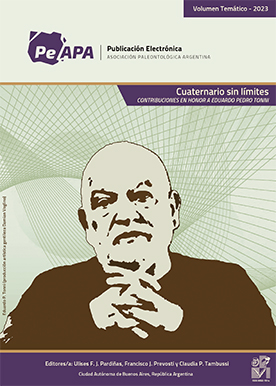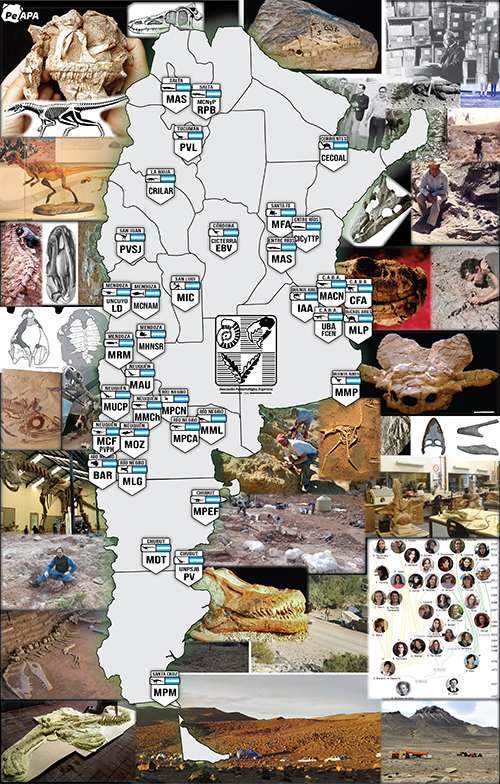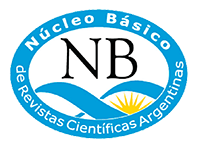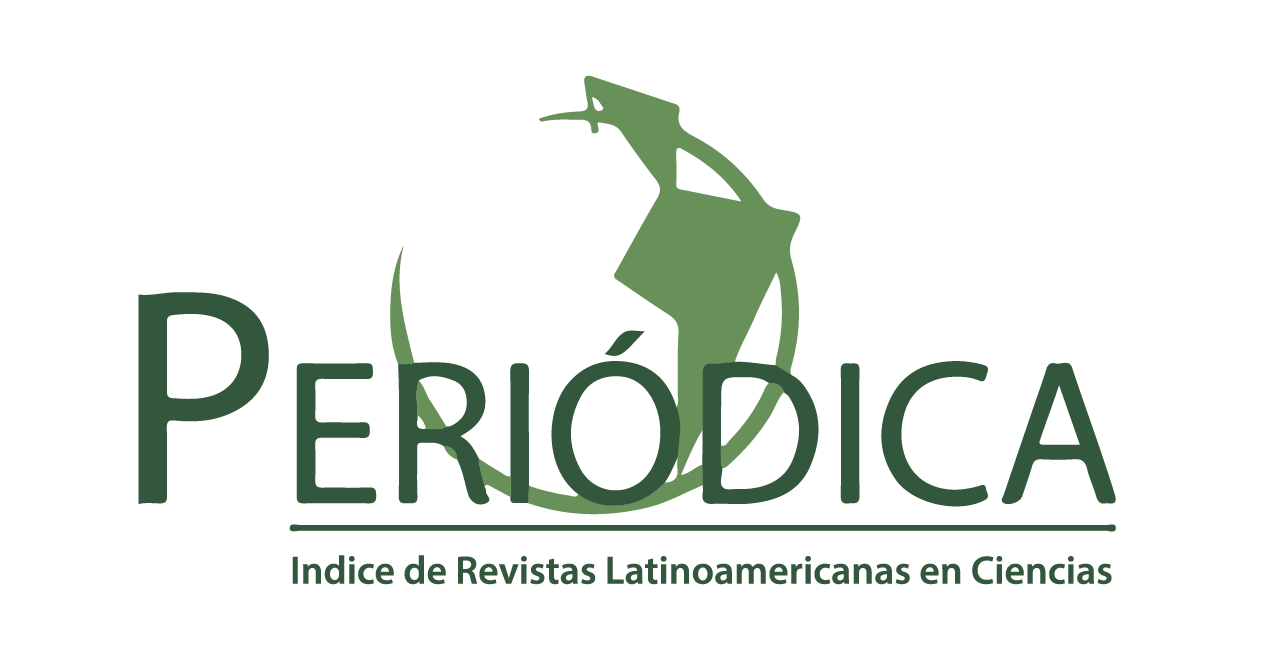REGISTROS POLÍNICOS DE LA TRANSICIÓN GLACIAL-POST-GLACIAL EN EL PARQUE NACIONAL NAHUEL HUAPI, NOROESTE DE PATAGONIA, ARGENTINA
Resumen
The pollen analysis of cores from Lake Mascardi, Lake El Trébol and Mallín Aguado contributed to paleoenvironmental studies in the area of Nahuel Huapi since 15,000 BP. In Lake Mascardi, the major pollen trends of Late Glacial-Holocene Transition phases show low pollen content from ca. 15,000-13,000 BP. An increase in Nothafagus and a decrease in non-arboreal is observed from 13,000-11,400 BP. A reversal of this trend and an increase in Podocarpus, Misodendrum and Isoetes is registered from 11,400-10,200 BP, while an increase in Nothofagus is shown from 10,200-8,000 BP. In Lake El Trébol, non-arboreal pollen dominates before 13,000 BP. An increase in Nothofagus and the presence of rain forest indicators is registered afterwards. The highest values of arboreal pollen are shown after 11,000 BP. In Mallín Aguado, the pollen record indicates the prevalence of Cyperaceae, Poaceae and Pernettya/Gaultheria from 14,600-14,100 BP; the highest values of Poaceae and Asteracea from 14,100-12,400 BP; an increase and decrease of Nothofagus from 12,400-10,200 BP and the recover of Nothofagus from 10,200-8,000 BP. In conclusion, post-glacial records at the East of Nahuel Huapi began after 15,000 BP with open vegetation. Post-glacial records at western localities show open forest since 13,900 BP. The comparison of these results with pollen records from the Lake Region, Chile, suggest that the recolonization of post-glacial forest was fast and to some extent-synchronous East and West of the Andes.
KEY WORDS. Pollen. Glacial. Post-glacial Transition. Quaternary. Paleoclimate.
Descargas
Publicado
Número
Sección
Licencia

Los/las autores/as conservan los derechos de autor/a y garantizan a la revista el derecho de ser la primera publicación del trabajo licenciado bajo una licencia CC Attribution-NonCommercial 4.0 que permite a otros/as compartir el trabajo con el reconocimiento de la autoría y de la publicación inicial en esta revista.




















